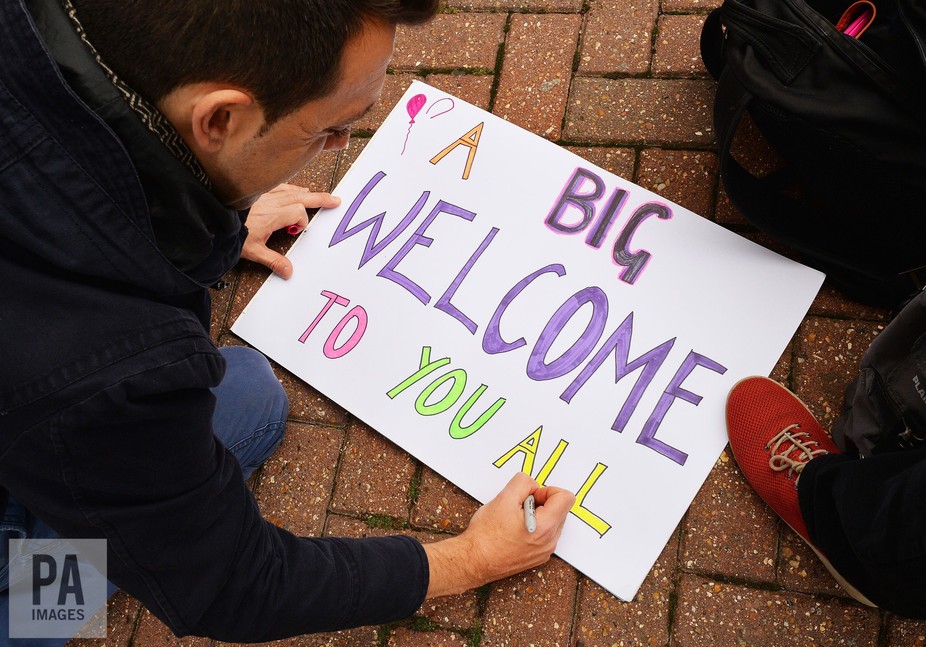Much has been made of Donald Trump’s wanton deployment of myths in the place of facts in recent months. To the dismay of his opponents, challenging these myths with rational evidence or “fact checking” simply does not cut through to his supporters. This disheartening truth-myth gap is playing out in reactionary politics everywhere, as anti-immigration and anti-Islamic sentiments (among other things) surge across the Western world and beyond.
Visceral and often unfounded narratives seem to resonate with the sentiments of large swaths of the global populace – and no amount of social scientific data seems able to dispel the myths. All this points to a fundamental problem: humans don’t make good statisticians and we’re rarely inspired to act on the basis of facts alone. What we’re good at is making myths. We are wired with an ability to combine ideas and observations into meaningful narratives – factually accurate or otherwise. It’s what gets us out of bed in the morning. But since the Enlightenment, we’ve been taught not to trust myths. Instead, the rationale goes, we should act solely on the basis of evidence.
This attitude has become a core tenet of politics too. Whereas mainstream political parties once derived their legitimacy from the ability to spin a meaningful narrative about where their country is headed, they now increasingly turn to social scientific methods to observe what people want – or at least, the wants of voters in decisive constituencies. They make the same calculations when formulating policy. This approach is thoroughly alienating, not only because it makes for dull politics, but because it ultimately enables a university-educated elite to ignore the real concerns of ordinary people.
Read the full article by Timothy Stacey at The Conversation.

